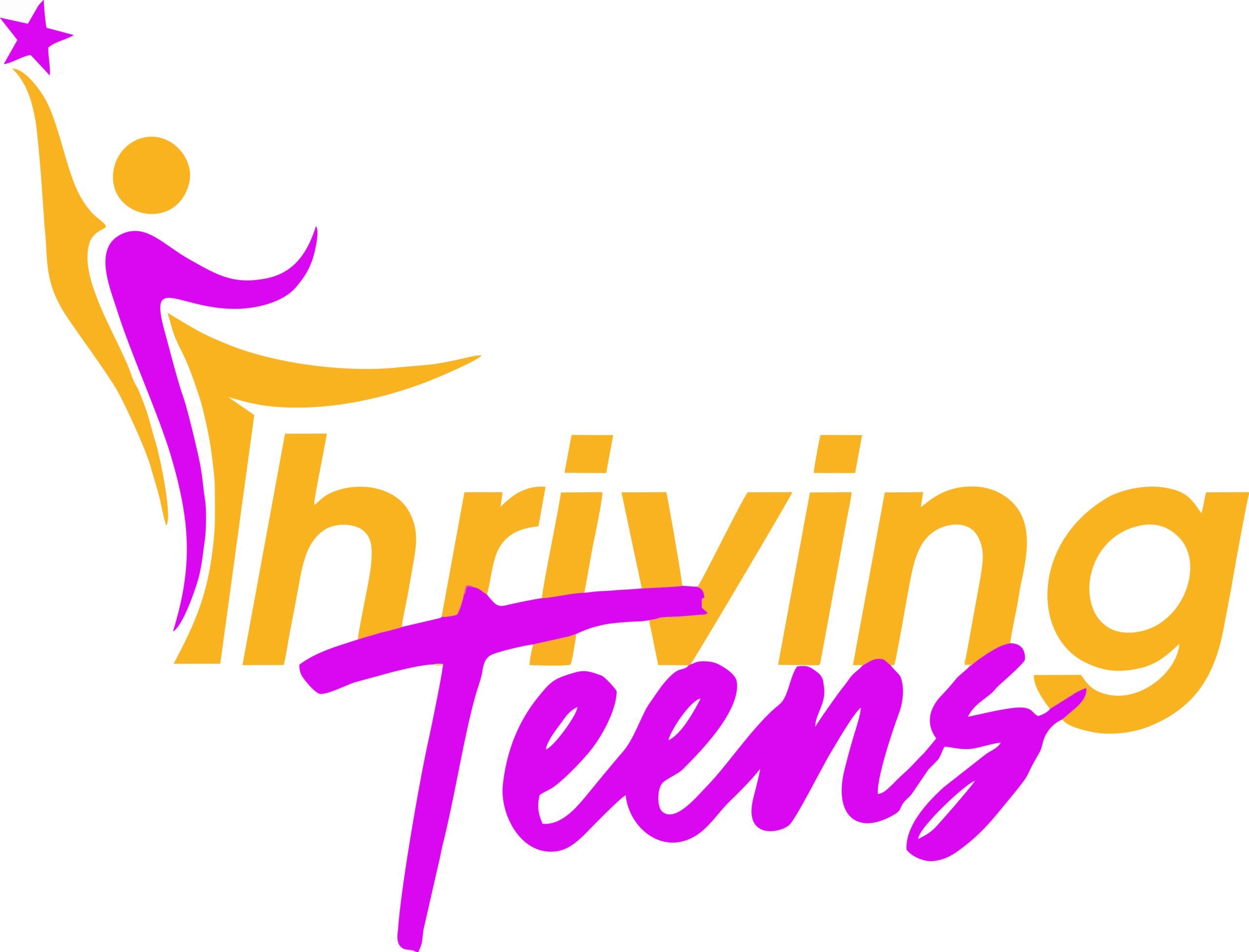Contraception is the intentional prevention of pregnancy by artificial or natural means. Contraception allows people to get their desired number of children and to determine the spacing of pregnancies by delaying or preventing childbearing. Numerous contraceptive options, designated by duration and context of use (long-acting, permanent, short-term, emergency) and by method of operation (hormonal, non-hormonal, barrier, fertility awareness-based), exist.
Typically, teenagers obtain information about contraceptives from their friends, by searching online, in school or from adults around them. This information may not always be correct and may lead to various misconceptions about contraceptives with the result that teens may opt not to use them.
According to KDHS 2022, fertility is low among adolescents (73 births per 1,000 women aged 15–19), peaks at 179 births per 1,000 among women aged 20–24, and then decreases thereafter. Up to 15% of women aged 15–19 have ever been pregnant; 12% have had a live birth, 1% have had a pregnancy loss, and 3% are currently pregnant.
Seventy-six percent of currently married women and 89% of sexually active unmarried women have a demand for family planning. 14% of currently married women and 19% of sexually active unmarried women have an unmet need for family planning. Among sexually active unmarried women aged 15–49, 70% use a contraceptive method, and 59% of these women use a modern method.
The main causes of adolescent pregnancies are child marriages, poverty, lack of opportunity, social and cultural values related to womanhood and motherhood.
Unmarried pregnant adolescents face stigma, rejection or violence by partners, parents and peers. Teenage pregnancies can jeopardize future employment and education opportunities.
Teenagers may be reluctant to use contraceptives because of a number of reasons. These include stigma regarding non marital sexual activity or contraception use, financial knowledge, and transportation constraints, health care biases, lack of willingness to provide FP, pressure to have children, fear of side effects, lack of knowledge on correct use and factors contributing to discontinuation (hesitation to go back to use due to a negative first experience, change in reproductive health needs, changing reproductive intentions).
Adolescents can use either hormonal or non-hormonal methods regardless of their age. If there are underlying health conditions, a doctor should be consulted first before use.
Hormonal methods are injectables like depo-provera, combined oral pills, hormonal patches, the implant or progesterone pills.
Non hormonal methods include the IUCD, safe days, condoms, spermicides, abstinence, Lactational amenorrhea, the diaphragm and cervical cap.
It is important to note that no contraceptive method is 100% effective. No contraceptive method is without side effects. There is no one “best” contraceptive method. There is no one test that guides which contraceptive method is good for you. You can switch between contraceptive methods, you are not stuck to one type for life.
Some side effects for hormonal contraception may include weight gain, headaches, acne, irregular periods and nausea. Non hormonal contraceptives may also cause irregular bleeding, vaginal discharge, vulvar-vaginal irritation. The IUCD may displace.
Teenagers are advised to find out from a doctor the method that best meets your individual circumstances.


